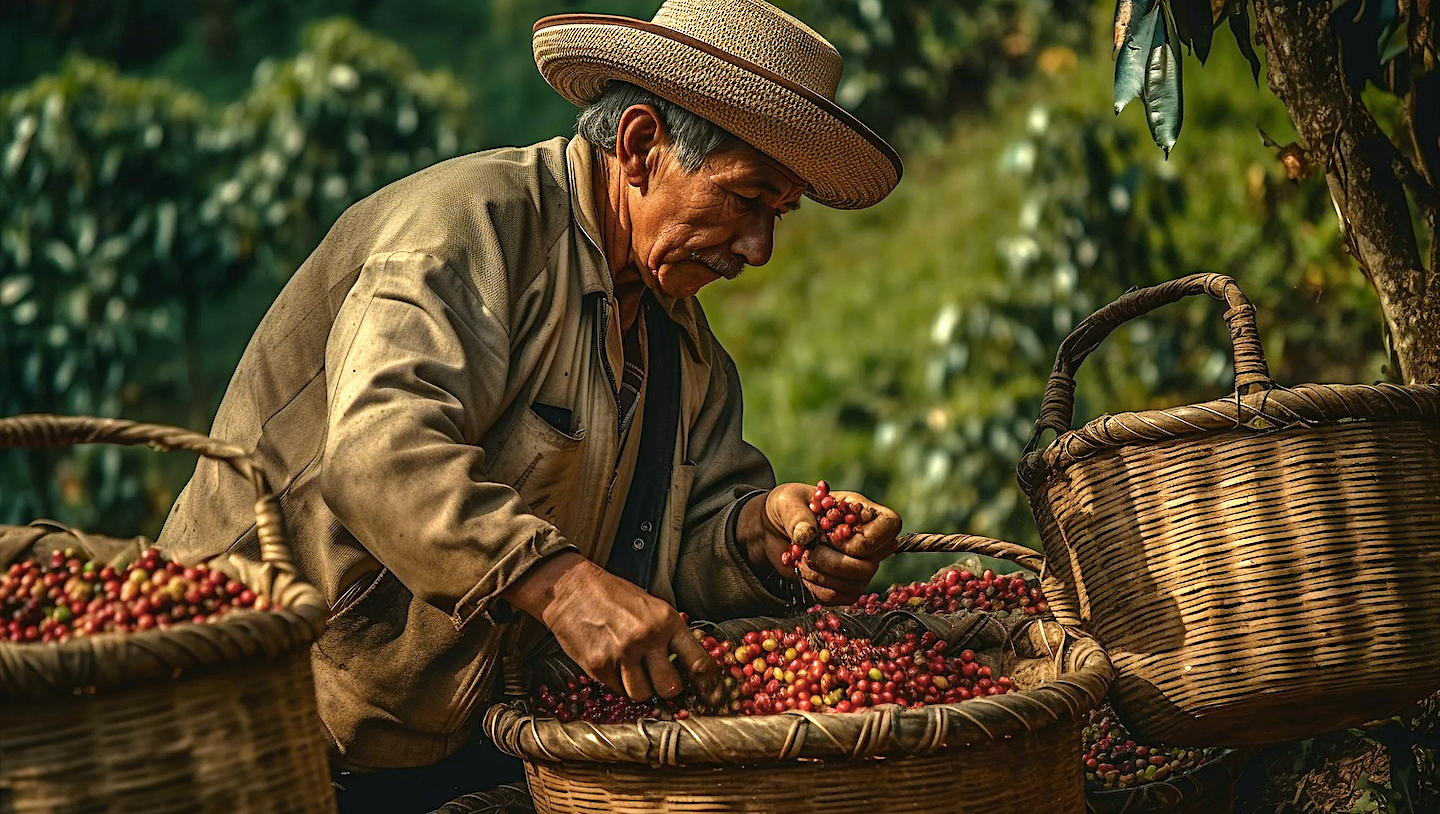Before reaching our cup, coffee from a plant (from the Rubiaceae family, Coffea genus) goes through a production and processing process that gives it the optimum level of quality.
Let's see how the life of coffee develops before we can call it coffee.
The coffee tree produces its first harvest between 3 and 4 years after cultivation. The lifespan of a coffee tree is between 20 and 30 years and there are two main species of coffee with different varieties: Arabica and Robusta.
Arabica coffee varieties are grown primarily in Mexico and other countries in Central America, South America, Asia and East Africa, while robusta varieties are grown primarily in Africa, although there are also some crops in Brazil and Asia. Together, they account for approximately 95-98% of the world's coffee production.
The coffee plantation system in our country is mainly shaded, which allows for the conservation of the environment, flora, fauna, aquifers, carbon capture and gives a wonderful view of the different shades of colors and the bright green of the coffee leaves. Continue reading to learn more about your coffee.




















